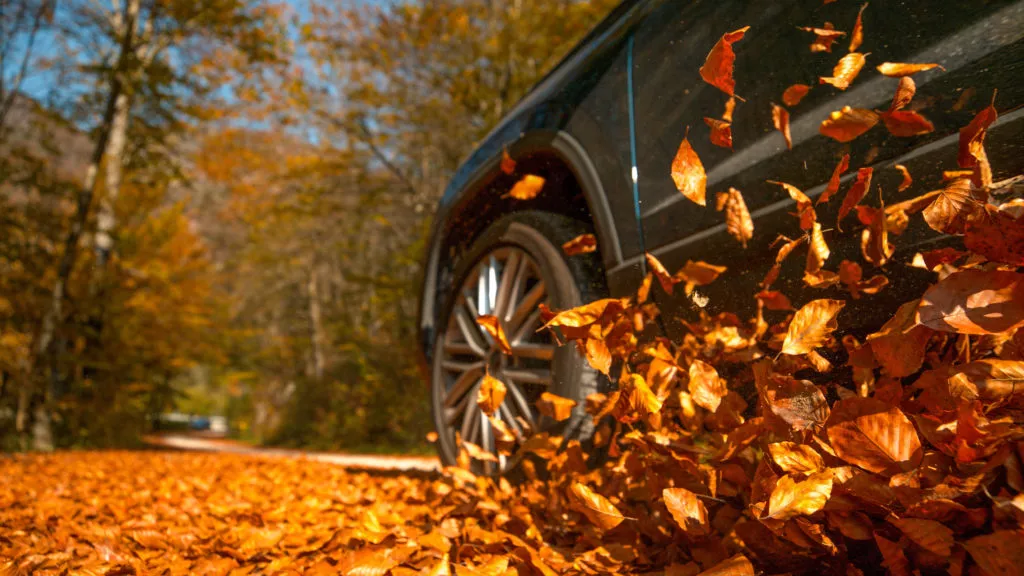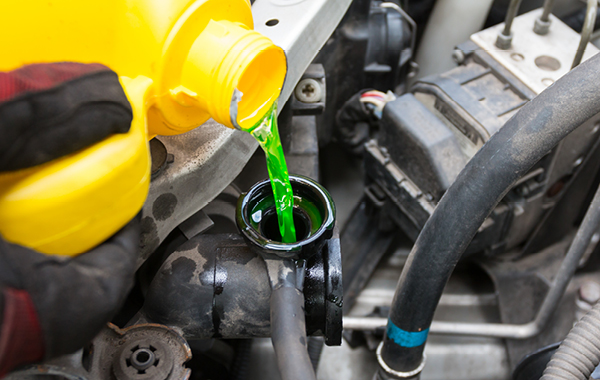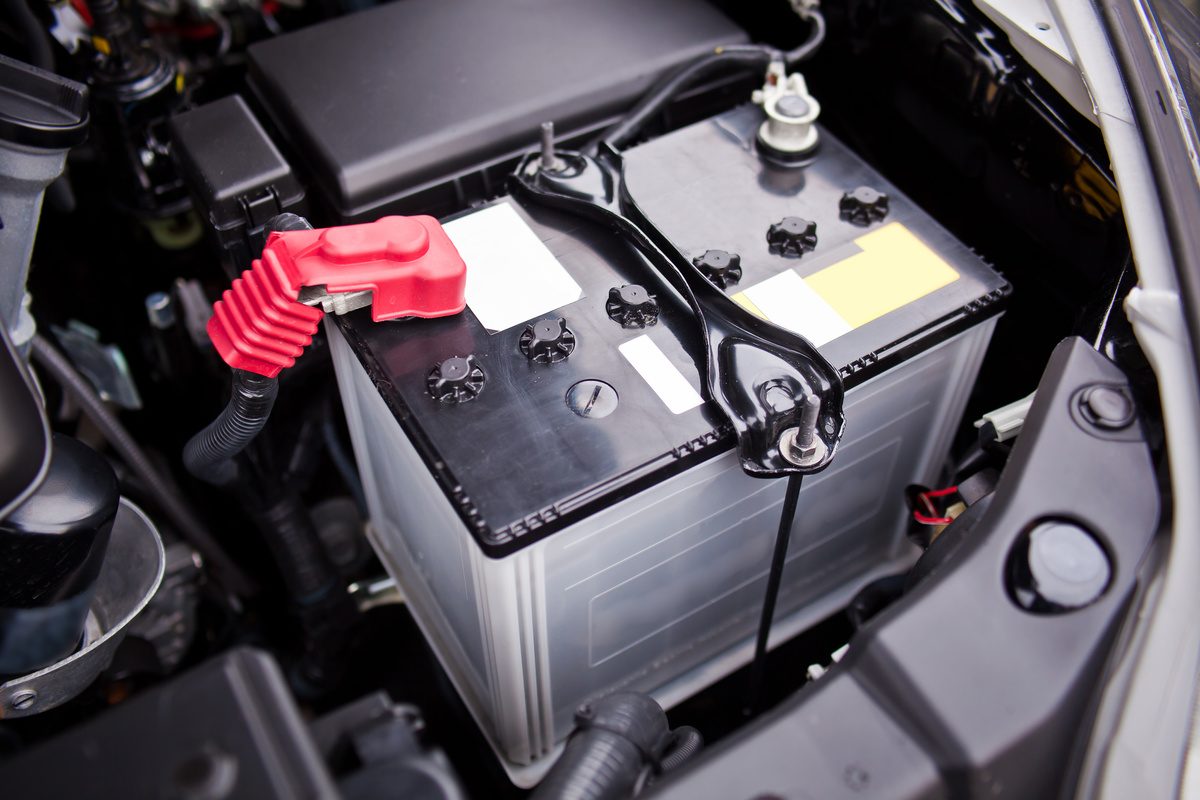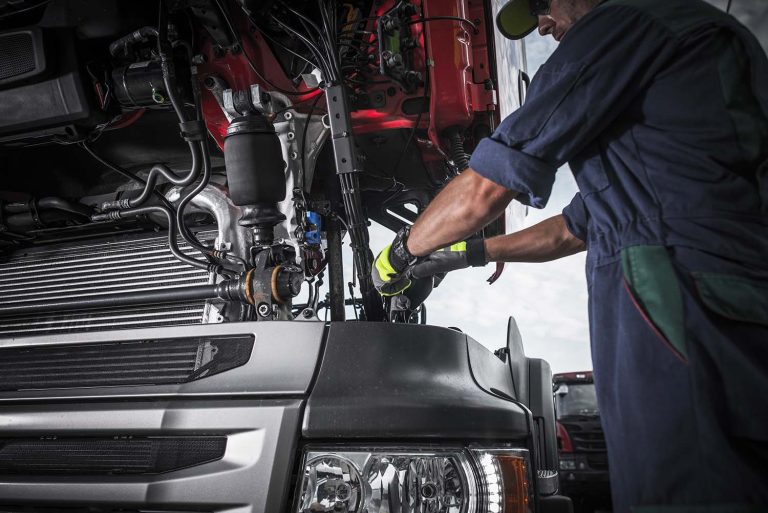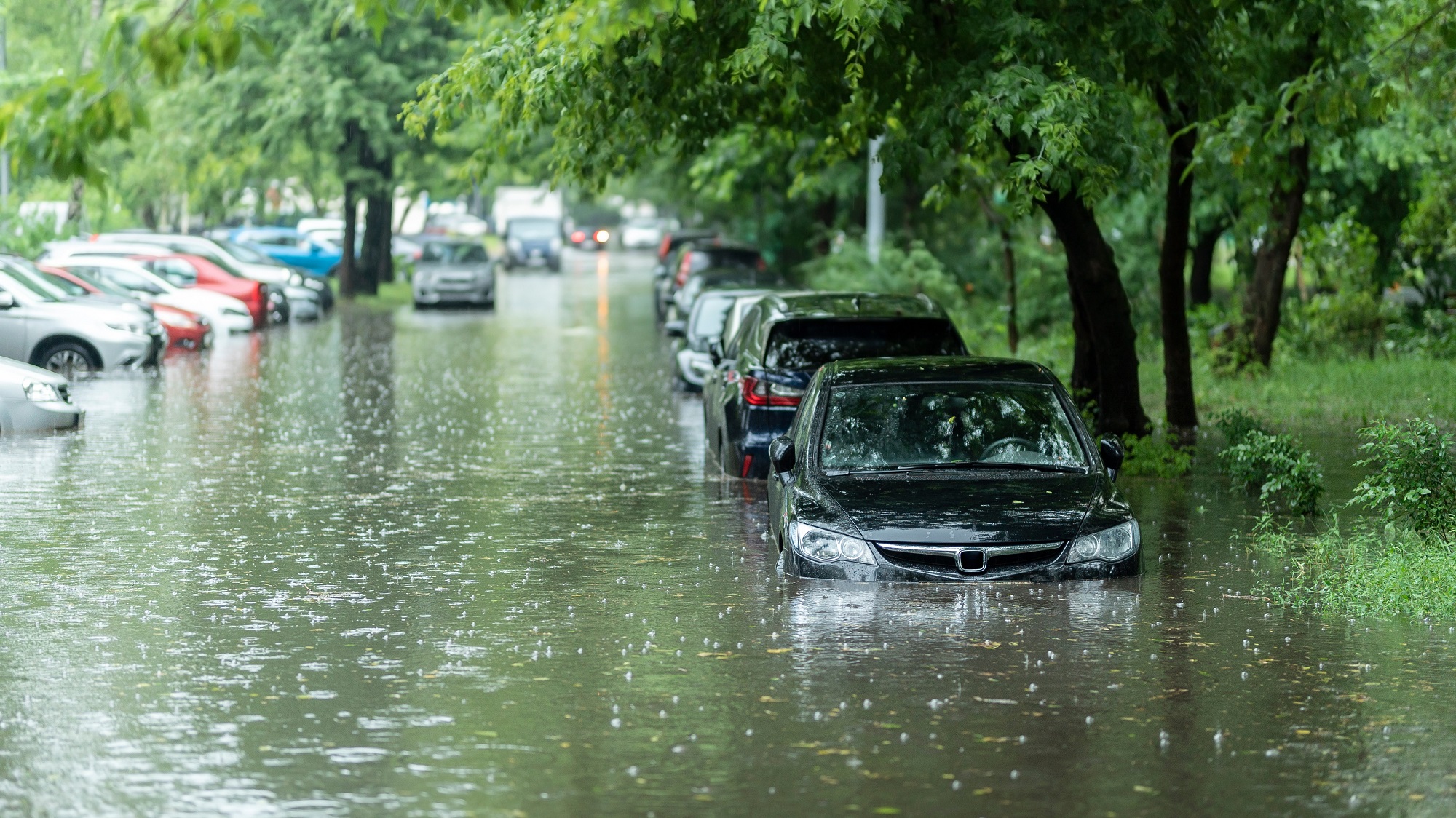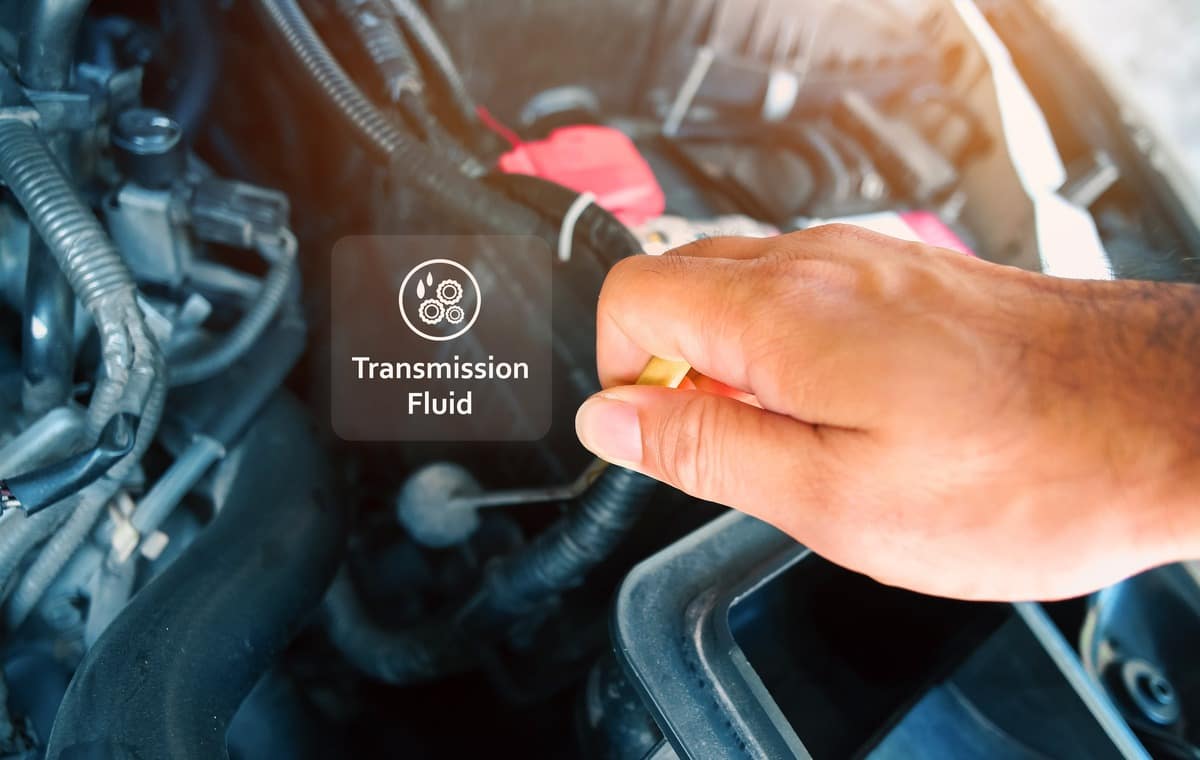s it begins to creep into October, you know that colder weather is on its way. This means that it is time to prepare your car for the upcoming Fall and Winter seasons. Your car is negatively impacted by the cold temperatures in many ways.
Treat the Fall season as a time to prepare your car for the harsh chill that Winter brings. Cold weather makes it more difficult for your tires to maintain grip and makes the windshield more defenseless against cracks. What can you do to prepare your vehicle for the drop in temperatures?
Here are 10 Tips to Preparing Your Car For Fall:
1. Check the Belts and Hoses.
Look for cracks, leaks, and wears in the belts and hoses. You want to ensure that there are no signs of splitting, fraying, or glazing. One major problem with faulty belts and hoses is overheating. Although this usually occurs in the Summer, it can occur anytime of the year, including during the colder months. If you notice any problems with these car components, then you should take your vehicle to your local mechanic.
2. Check the Fluid Levels.
It is crucial to replace your car’s fluid levels, as necessary. This would include windshield washer fluids, transmission fluids, coolant, brake fluids, and power steering fluids. All are very important for ensuring that your car runs smoothly. Washer fluid is important for maintaining visibility. Transmission fluid is important for cooling. Coolant regulates the engine’s temperature, while brake fluid serves as a lubricant, preventing corrosion. Power steering fluid is crucial for operating the vehicle.
3. Check the Tires.
Check the tread, inflation, and overall condition of your tires. Rotate your tires, so that your tires wear evenly. Make sure your tire’s contain the appropriate amount of air. Maintaining proper tire pressure is very important, because cold weather causes tires to lose air quickly. Make sure you have the proper tires. This time of year comes with the potential of snow and ice. Consider if you live in a location where you need snow tires.
4. Prepare for the Cold Weather.
Getting stranded on the side of the road any time of the year is not fun. As the weather turns cooler, you especially need to be prepared for a roadside emergency. Be prepared if a situation like this were to occur. Stock your vehicle with the following items:
- Gloves
- Ice scraper
- Blanket
- First aid kit
- Jumper cables
- Flashlight
5. Check the Oil.
Change your oil at the recommended oil change interval. Consult your car’s manual to determine the recommended oil interval, as it may vary by manufacturer and driving habits. It used to be recommended to change your oil every 3,000 miles. However, this has changed due to the construction of modern engines and the use of synthetic oil. If your car has an oil-monitoring system, you can use this device as a guide.
6. Check your Heat.
Check to make sure your heat is working properly. You do not want to be without it when cold weather hits. Make sure the defroster works, as well. Driving with a fogged-up windshield is unwise and unsafe. If either of these components are in need of repair, take your vehicle to your local auto repair shop.
7. Check the Brakes.
It is important to get your brakes checked before getting well into the Fall and Winter seasons. Brakes are crucial for safe driving. Cold weather heightens brake problems, since the roads have the potential of becoming slippery from snow and ice. Listen for unusual noises that may point to failing brake pads.
8. Install All-Weather Floor Mats.
Consider investing in all-weather floor mats. These mats are long-lasting to protect your car’s floors against water, snow, dirt, and grime. These mats will even shield your car from stains and spills. They also do a good job for holding up against general wear and tear. You can use them all year long, not just in the colder months.
9. Check the Lights.
Take a walk around the exterior of your vehicle. Check to make sure that all your lights, including headlights, taillights, brake lights, and flashers, are working as they should. If needed, replace a broken or blown-out bulb. These lights ensure that other drivers see you on the road, even in bad weather or other conditions where visibility is low.
10. Check the Battery.
Check the battery for charge and signs of corrosion. You can even take your vehicle to a local auto parts store for diagnosis. Most of the time, this is at no cost to you. If you car needs a new battery, take your car to a mechanic to get your battery replaced. The battery is critical to start your vehicle.

